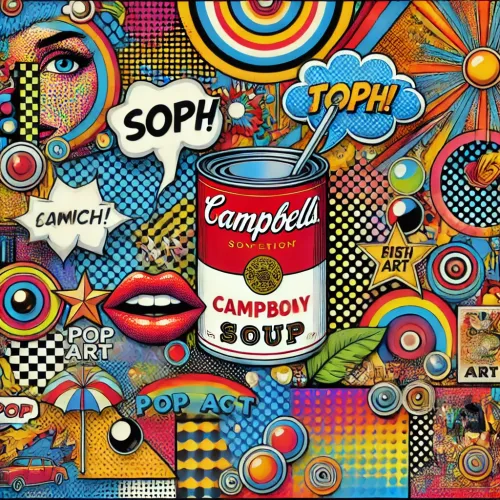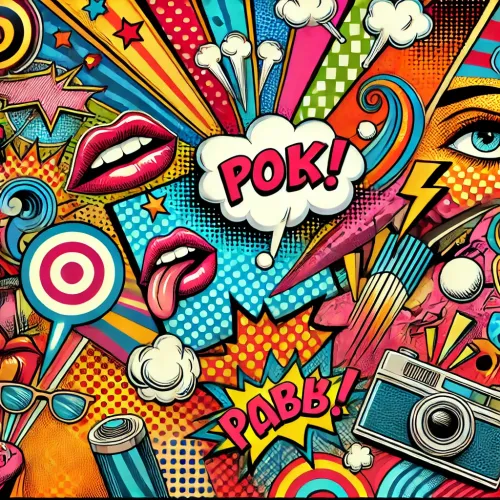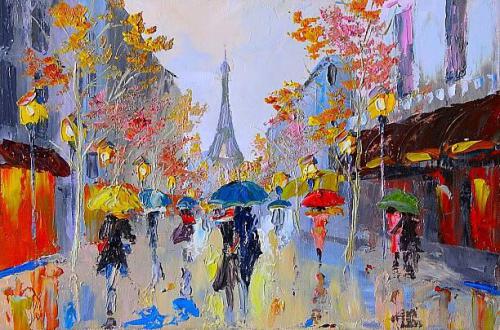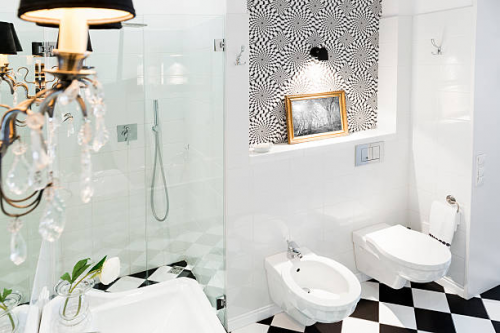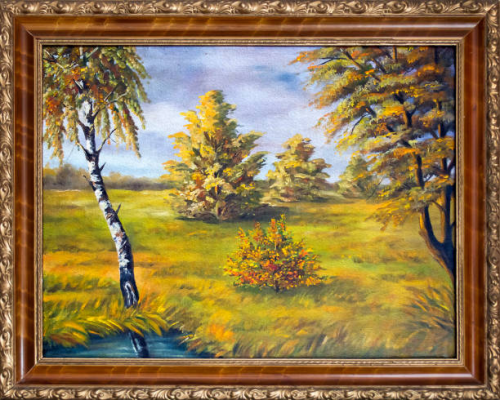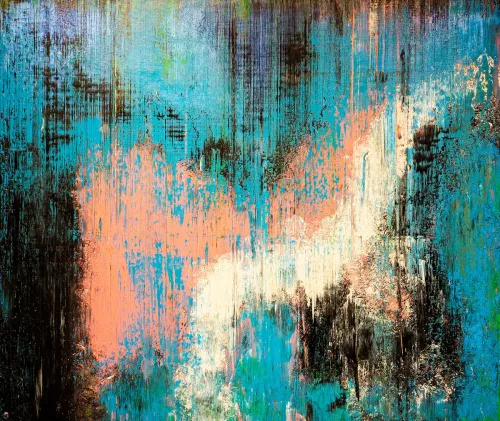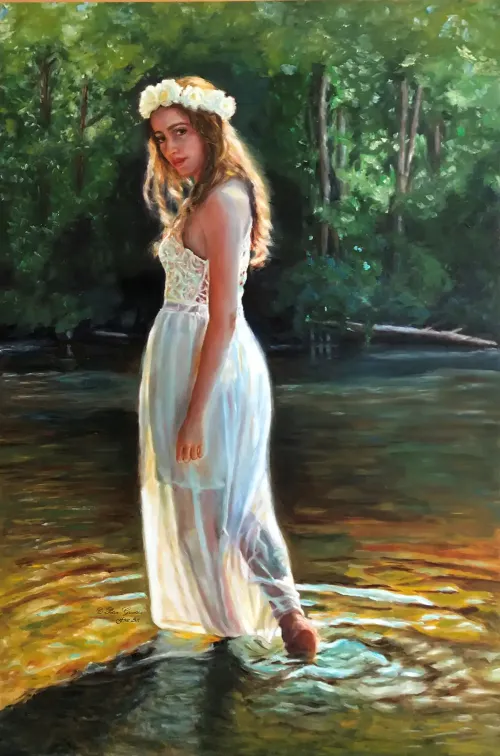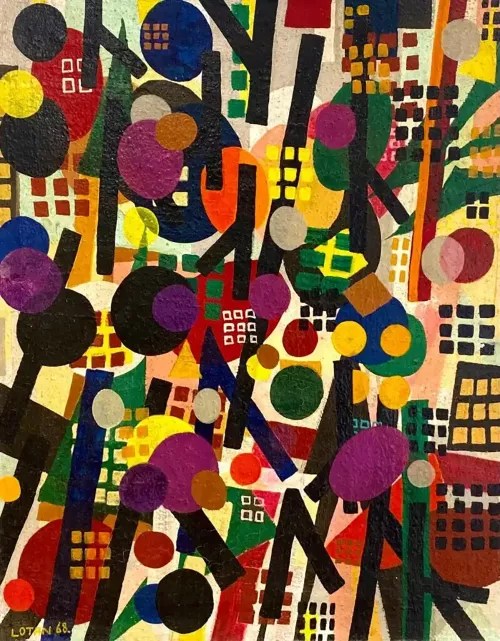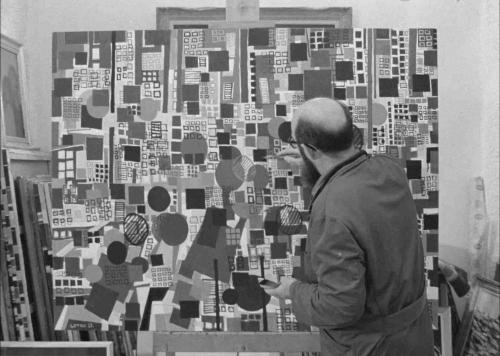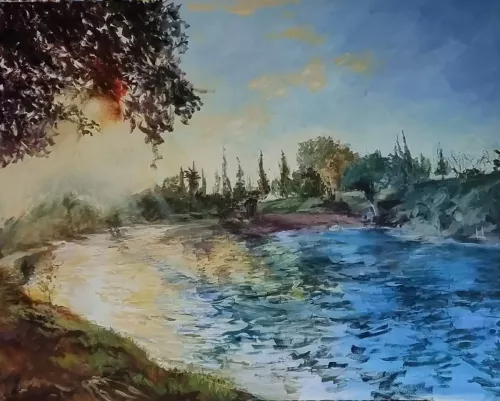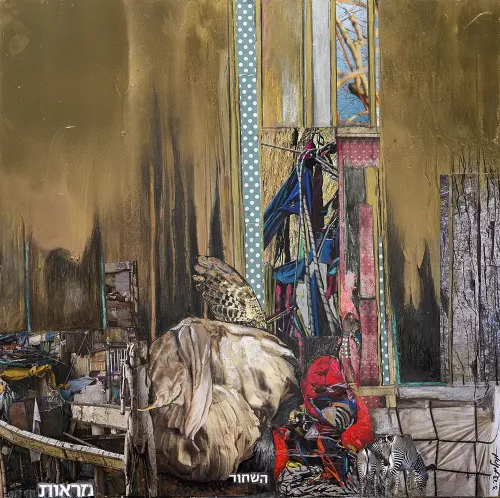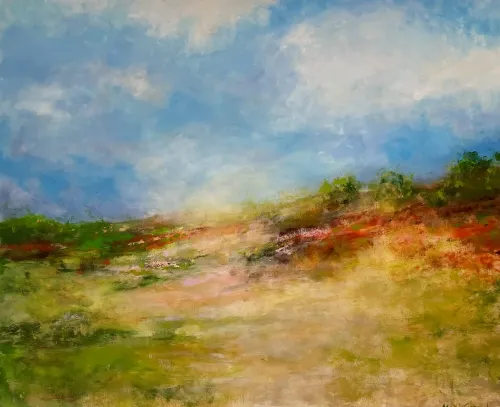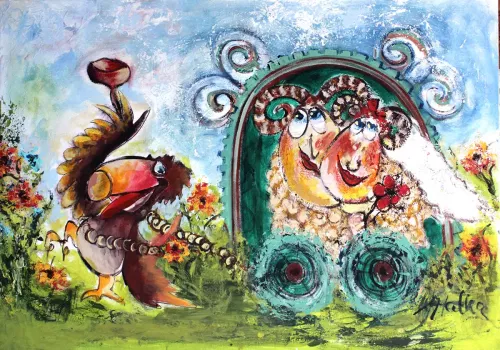Analyzing Composition in Still Life Paintings
The Artful Symphony of Form and Function in Still Life Paintings
The Artful Symphony of Form and Function in Still Life Paintings
The Enduring Fascination with Still Life Paintings
Describing arranged groupings of ordinary objects, still-life paintings capture ephemeral moments with thoughtful compositional strategies. The calculated designs behind seemingly casual vignettes offer artists subtle ways to direct viewers’ attention and convey conceptual meaning. Studying famous still-life works reveals how elements interplay to create harmonious and intriguing spaces within canvas confines.
The Evolution of Still Life Art
As an art historical genre-spanning centuries, still life paintings have chronicled everyday artifacts of successive eras from cut flowers to consumer goods. Artists like Jan Brueghel the Elder pioneered floral arrangements during the 1600s. French Impressionists later communicated movement through loose, animated brushstrokes across tables and fruit. Abstract and Pop Art still lifes fractured objects in conceptual ways. Still, life continues evolving across media from classic oil to digital photography.
Balance, Symmetry, and Scale
Still-life artists arrange varied objects unified through compositional devices. Bilateral symmetry draws the eye down a central axis in traditional vases flanked by fruits. Clustering objects of differing sizes establishes asymmetrical balance. Overflowing abundance signals prosperity – spare isolation elicits introspection. Deliberate proportions spotlight subjects relate items spatially and conceptually through scaled weights. Beyond subject matter, compositional foundations crucially direct viewer interpretations.
Breaking Down Famous Still Life Paintings
Brief example analyzing 1-2 iconic still lifes highlighting use of asymmetry, negative space, diagonal lines, rule of thirds, leading lines from prominent objects, balanced masses, scaled sizes, monochromatic or complementary color schemes, focal points, smooth passages vs. thick texture, and realism vs abstraction to reinforce conceptual themes and direct the viewer’s eye.
The Role of Negative Space in Still Life Compositions
Rather than mere absence between objects, negative space shapes still life compositions, impacting balance, breathing room, and meaning. Japanese not an art explores negative/positive interplay. Bold outlining furthers silhouettes. Background neutrality spotlights subject vibrance. Cross-framing objects with planes of whitespace creates tensions hinting unseen beyond edges. Negative space thus becomes active rather than passive, intentionally leveraged for proportionality and perspective.
Color, Texture, and Mood: How These Elements Impact Composition
Beyond structure, an artist’s handling of paint modulates still-life moods. Thick, visible brushwork conveys vigor and abundance; glazing effects elegant restraint. Monochromatic tones elicit somberness; vivid jewel-toned pigments vibrate dynamically against black backdrops. Smooth luminosity suggests idealization; broken color natural decay. Chiaroscuro heightens drama across otherwise mundane objects. Through adroit manipulation of materials, artists inflect motionless arrangements with psychological undertones advancing conceptual interpretations.
What Draws the Eye in Still Life Paintings
Still-life artists use compositional spotlights to direct attention, carefully positioning lighting, color contrasts, and intricate detailing to fix focus. Backdrops fade so foregrounds advance. Centered placement and larger scaling emphasize select items. Radiating diagonal and orthogonal lines converge on subjects like fruit or opened books, zeroing observation. Crisp realism amid softness heightens the definition. Even abstracted objects gain dominance through larger, thicker applications of paint. Where the artist focuses manipulation of media, the viewer directs their gaze – a carefully constructed give-and-take.
The Harmonious Integration of Form and Function in Still Life Art
In still-life painting, deliberate composition crucially furthers artists’ conceptual intentions. Beyond realistic rendering, every structural choice crafts visual balance, space, flow, and focus to shape moods and messages. Studying varied approaches across both traditional and innovative still, lifes reveals principles and creative possibilities for how spatial interplay and paint handle modulo meaning. Analyzing compositional moves shows how, even in the subject matter’s apparent stillness, active choices advance enduring intrigue.





























































































































































































































































